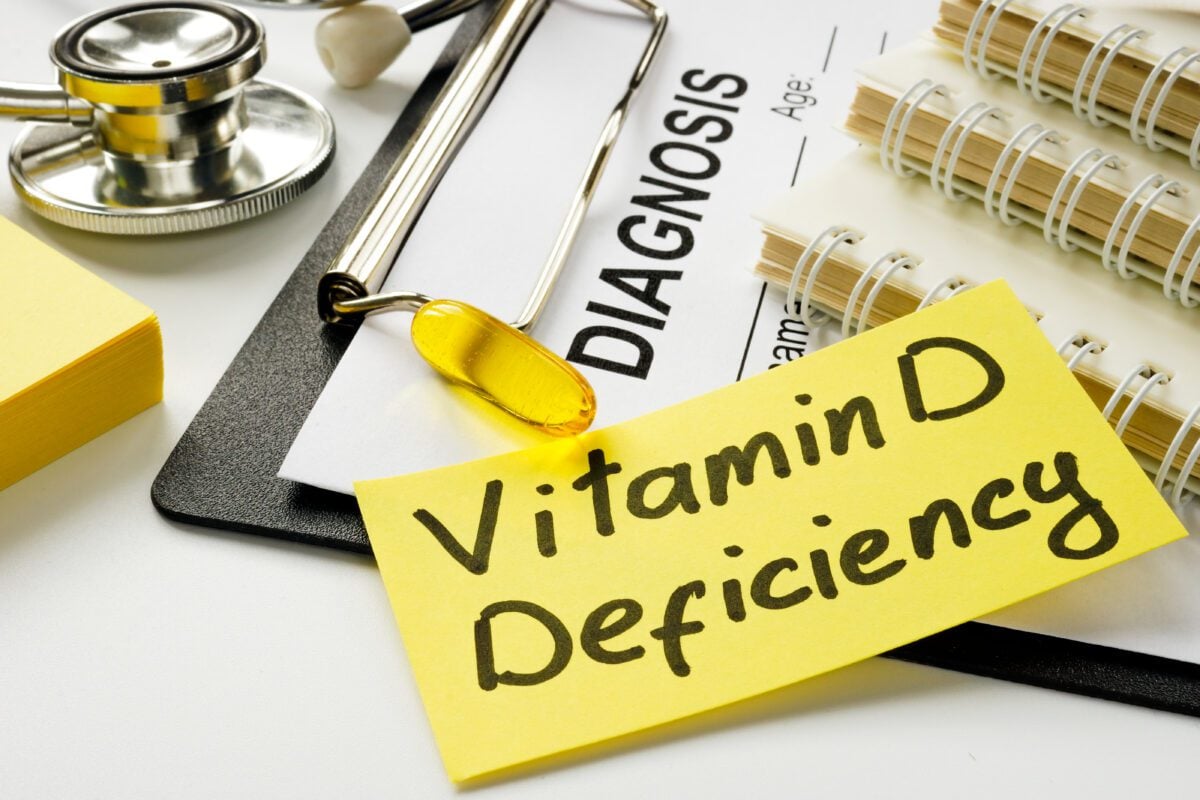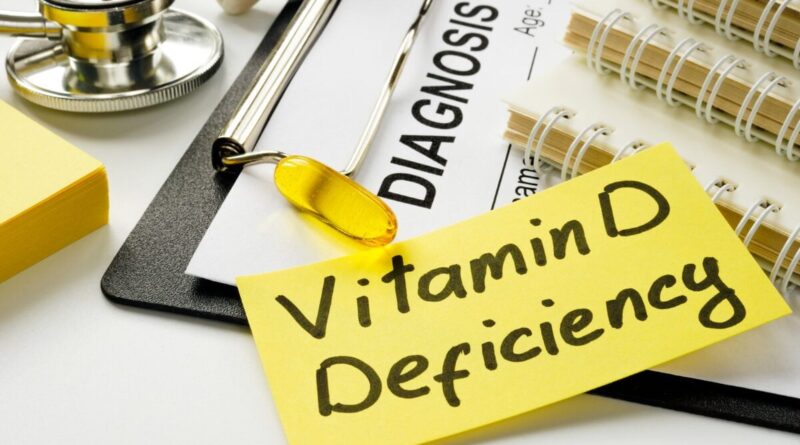Why Vitamin D Deficiency Hits Black and Brown Communities Harder – Indianapolis Recorder
When Dr. When Nakiisa Rogers, a mammographer, started seeing an influx of patients in their 30s being diagnosed with breast cancer with no family history, she started digging.
Screening tests are covered by insurance when patients have a family history or are over the age of 40. According to Rogers, these patients, who fell in the age group of 30-39 and have no history of family, were not covered by their insurance to get the test.
The lack of protection for these patients led Rogers to investigate what could be causing these minor illnesses. What he found was that vitamin D, a key nutrient that many are deficient in, may lead to a greater risk of breast cancer, and that the deficiency affects blacks and whites. they are badly brown, like him and his family.
Rogers’ goal is to present these findings and advocate for insurance to cover screenings before ages 30 and 35, but to do that, more people need to understand vitamin D. What is it? What does it do? What can I do to increase my status if it is low?
Here are the answers:
What is Vitamin D?
Vitamin D is a nutrient that your body uses to build and maintain healthy bones. Calcium strengthens your bones, but your body can only absorb calcium when vitamin D is present. Essential nutrients also support a healthy body and muscles and a functioning brain.
There are two types of vitamin D, Rogers said. Vitamin D3 is produced when the skin is exposed to UV-B sunlight and makes up 90 percent of vitamin D in the body. Vitamin D2 comes from food.
Despite being such an important nutrient with complex functions, it is estimated that 1 billion people worldwide have a nutrient deficiency.
“Vitamin D is the most common nutrient deficiency in the US,” said Katie Shepard, a registered dietitian nutritionist.
How do I know if I’m missing something?
There’s only one way to know if you really have a vitamin D deficiency: get a blood test.
“I feel like the most important thing is for people to get their conditions checked by a health care provider so you understand where you are,” Shepard said.
Some patients with low vitamin D have reported feeling tired, Shepard said, but the only way to know if you’re deficient is to get a blood test. According to Rogers, if you have more melanin, you may be at greater risk of deficiency.
“Our melanin absorbs UVB sunlight. It doesn’t allow it to get to the bottom of the skin where the reaction takes place to make vitamin D,” said Rogers.
There are nearly twice as many cases of breast cancer in Black women compared to white women, and Black women have a higher mortality and morbidity rate. he is violent.
Rogers is concerned because many of these women don’t even know they are vitamin D deficient, and on top of that, they can’t get tested without insurance. As someone whose entire family was diagnosed as deficient, Rogers wants Black and brown women to understand the risks of vitamin D deficiency and take action, even if you’re not sure you’re not. have a weakness.
The test itself can be as low as $79, but, as Rogers explains, that’s still a drawback.
“We either need more widely available testing to be covered by insurance or we need cheaper testing,” Rogers said. “$79, that’s kind of expensive, so we need a change.”
What are the negative effects of scarcity?
In addition to Rogers’ cancer research, other experts have warned of the dangers of low vitamin D.
Shepard said bone health is a major concern.
“Little kids can have problems,” Shepard said. In older adults (vitamin D deficiency) can cause osteomalacia, the softening of the bones.”
In his letter to lawmakers about changing insurance policies, Rogers cites links between the deficiency and abnormal bone growth, osteoporosis, heart disease, high blood pressure, death diabetes, some cancers, autoimmune diseases, increased susceptibility to infections, dementia, depression and obesity.
What is the solution?
Although the nutrient is not found naturally in many foods, there are other ways to include it in your diet, according to registered dietitian Steven Lalevich.
The first is oily fish. Salmon is a very fatty fish that can be included in your diet several times a week, according to Shepard and Lalevich.
Milk is required in the US to be fortified with vitamin D, so a few glasses a week can boost your levels. Shepard also explains that some types of yogurt are also fortified, but advises people to always check nutrition labels.
The last food that made this list is mushrooms, but, in order to provide nutrients, they should be sunbathed a little.
“Mushrooms are like humans in that they make vitamin D from the sun,” Lalevich said.
When you buy a pack of mushrooms, cut them, place them on a baking sheet and leave them outside for a while before eating. This gives them time to make vitamin D before you enjoy it.
Aside from foods that contain essential nutrients, being in the sun is the best way to absorb them, but it comes with a few caveats.
“One way to get vitamin D is to get 10 minutes of sunlight a day,” Shepard said. However, to get that, you can’t wear sunscreen.
For Black and brown people, this may not do the trick. Rogers suggests getting tested so a doctor can prescribe a supplement that can improve your condition.
“I want people to understand that it’s not the case that if you’re walking around with very low levels and you get to normal levels with a prescription for vitamin D, you can stop taking it,” Rogers said.
Like other vitamins, vitamin D supplements must be taken daily to be effective, but conditions should be checked before using it.

In general
As Rogers continues to advocate for change when it comes to early breast screening and screening, the number of early breast cancer patients is increasing. Although the cause is unknown, vitamin D may be the key, and a deficiency may be the cause of the problem that some are now facing.
“There are a lot of people walking around with chronic weakness,” Rogers said. “I’ve seen it in my kids … I’ve seen it in my patients. I just want to get the message out.”
For more information on vitamin D deficiency testing, visit anylabtestnow.com. For more information about breast exams and tests, call your health care provider.
Vitamin D deficiency linked to heart disease in blacks – Indianapolis Recorder
Contact Life and Environment Reporter Hanna Rauworth at 317-762-7854 or follow her on Instagram at @hanna.rauworth.
#Vitamin #Deficiency #Hits #Black #Brown #Communities #Harder #Indianapolis #Recorder
